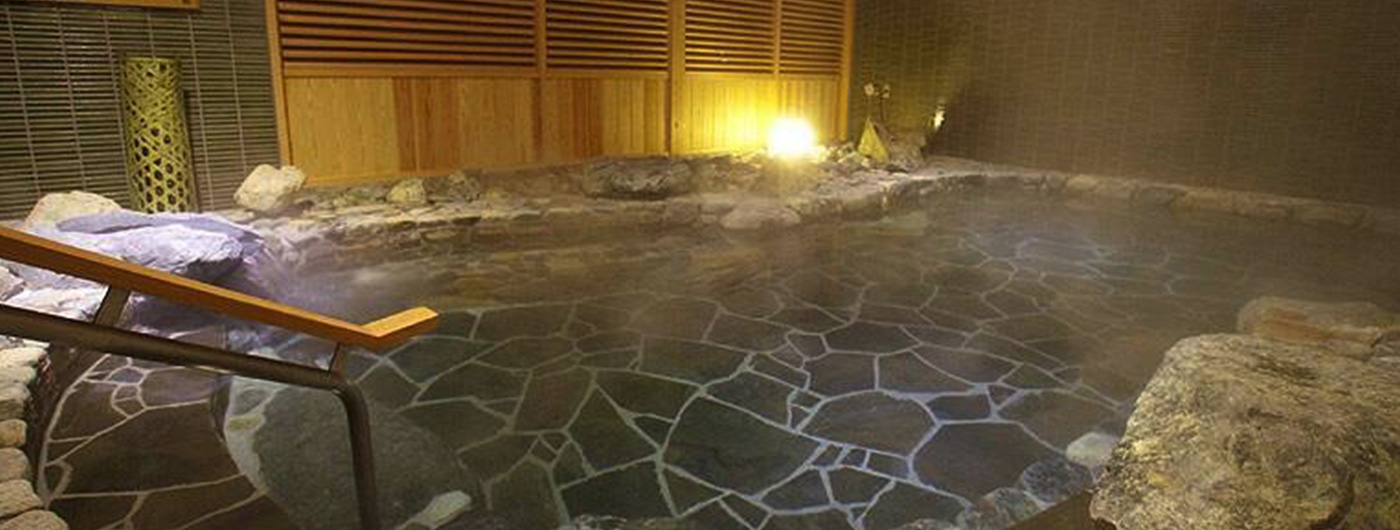ブログBLOG

Language

2024.02.21
In July of 1876, an attempt was made by volunteers from the Hosono area (present-day Happo) to build a hot spring in the village by drawing down hot water from the spring source at Mt. Yari, which stands at an altitude of 2,100m. Unfortunately, after laying several kilometers of bamboo pipes, heavy snowfall interrupted construction during November of the same year, and before descending the mountain twenty-one people were killed, including 6 Hosono residents, as a large avalanche hit the construction site and workers’ lodgings. As a result of this tragedy, construction was put on hold indefinitely.
One hundred years later, in the late 1970s, Japan was experiencing a skiing and mountain-climbing boom, and the Happo-One Tourist Association drew up new plans to develop hot springs in the area, reigniting the old dream of the local community. After conducting feasibility surveys, drilling began in May 1982 and excavation of the hot spring source was carried out at an elevation of 960m on the right bank of the Minamimata River directly below Mt. Hakuba-Yarigatake. In October of the following year hot spring water was successfully excavated from two wells. However, formal hot spring bathing facilities were still to be built, so there are records of people using the large flow-rate measuring pails as make-shift bathtubs during this initial period after excavation.
In November 1985, the hot spring rights were transferred from the Happo-One Tourist Association to a local ski resort management company called Happo-One Development PLC, and 1,856m of pipes were laid to carry the hot spring water down from the excavated wells to Obinata-no-Yu Onsen in Futamata, which opened in July of 1986. Following this, another 3km of piping was laid to the Daiichi Sato-no-Yu Onsen (current Happo-no-Yu Onsen) which opened in December of the same year. Furthermore, in December 1988, the Daini Sato-no-Yu Onsen (current Sato-no-Yu Onsen) was opened in the Happo lodging area, and Mimizuku-no-Yu Onsen was also opened next to the Onarakawa River in the Happo-Guchi area.
As the tourism industry boomed, demand for hot spring water to lodging facilities and local houses began to grow, and a third well was drilled in June 1992, with hot spring water supply beginning in November of the following year. The area has subsequently become one of the leading hot spring resorts in Japan.
In 2003, two footbaths, Yakushi-no-Yu and Nagomi-no-Yu, were opened to the public, and a new open-air bath was also constructed at Mimizuku-no-Yu Onsen. In November 2014, nearly thirty years after the development of the first hot spring facilities, Daiichi Sato-no-Yu Onsen in the center of Happo was replaced with the flagship Happo-no-Yu Onsen which was built on the same site.
Hakuba Happo Onsen has become popular with visitors thanks to the anti-aging effects of its beautifying hot spring baths. The strongly alkaline hot water, which has a pH of over 11, is effective at removing impurities from the skin, leaving it feeling soft and silky. Furthermore, research conducted by the Earth–Life Science team from the Tokyo Institute of Technology has found that the concentration of dissolved hydrogen in the area near the source far exceeded levels normally found elsewhere, whilst hydrocarbons such as methane, which are the basis of life on earth, have also been found. It is believed that the water quality is the same as that which existed four billion years ago, when life first emerged on Earth, and to that end, it is attracting attention from researchers around the world who are trying to understand the beginnings of life on Early Earth. An international symposium was held in Hakuba in March 2015, and a lecture titled ‘The Scientific Miracle of Hakuba’ was held for the local community.
Moreover, a survey conducted by the Japan Hot Springs Research Institute revealed that Hakuba is currently the only hot spring in Japan that contains dissolved natural hydrogen. In addition to the reducing properties of alkali, the antioxidant effect of hydrogen is attracting attention.
Chronology of Hakuba Happo-One
1982 (May) Happo-One Tourist Association becomes the owner and begins excavation work for a hot spring in the Hakuba National Forest
1983 (Oct) Hot spring wells no.1 and no.2 are successfully excavated
Well No.1 Depth: 561m Flow: 328L/min Temperature: 50.6 deg C
Well No.2 Depth: 500m Flow: 216L/min Temperature: 48 deg C
1985 (Nov) Hot spring development business rights transferred from Happo One Tourist Association to Happo-One Development PLC
1985 (Jul) Hot spring water piped 1,856m from its source at Minamimata to Obinata-no-Yu Onsen which opens in Futamata
1986 (Dec) An extra 3km pipes laid to carry hot spring water to the Happo area; Daiichi Sato-no-Yu Onsen opens
1988 (Dec) Daini Sato-no-Yu Onsen opens in Happo; Mimizuku-no-Yu Onsen opens in Happo-Guchi
1992 (Jun) Well no.3 successfully excavated. Depth:700m Flow: 710L/min Temperature: 55 deg C
1993 (Nov) Construction begins to supply hot spring water throughout the whole Happo and Happo-Guchi areas, making it one of the largest hot spring resorts in the prefecture
2002 (Sep) An annual festival is begun in which a portable shrine containing a serpentine rock is paraded to the Hosono Suwa Shrine whilst the shrine bearers are splashed with sacred hot spring water
2003 (Apr) The Yakushi-no-Yu foot-bath opens along the ancient Chikuni Kaido Salt Road
2003 (Dec) The Nagomi-no-Yu foot-bath opens in Happo
2007 (Jul) Hot spring water supplied to Hakuba Ekimae no Yu foot-bath next to JR Hakuba Station
2013 (Aug) Mimizuku-no-Yu Onsen baths renovated
2014 (Dec) Happo-no-Yu Onsen opens near to the main Happo intersection
つるつるたまご肌。
白馬八方温泉で
ほっと寛ぐひととき。
